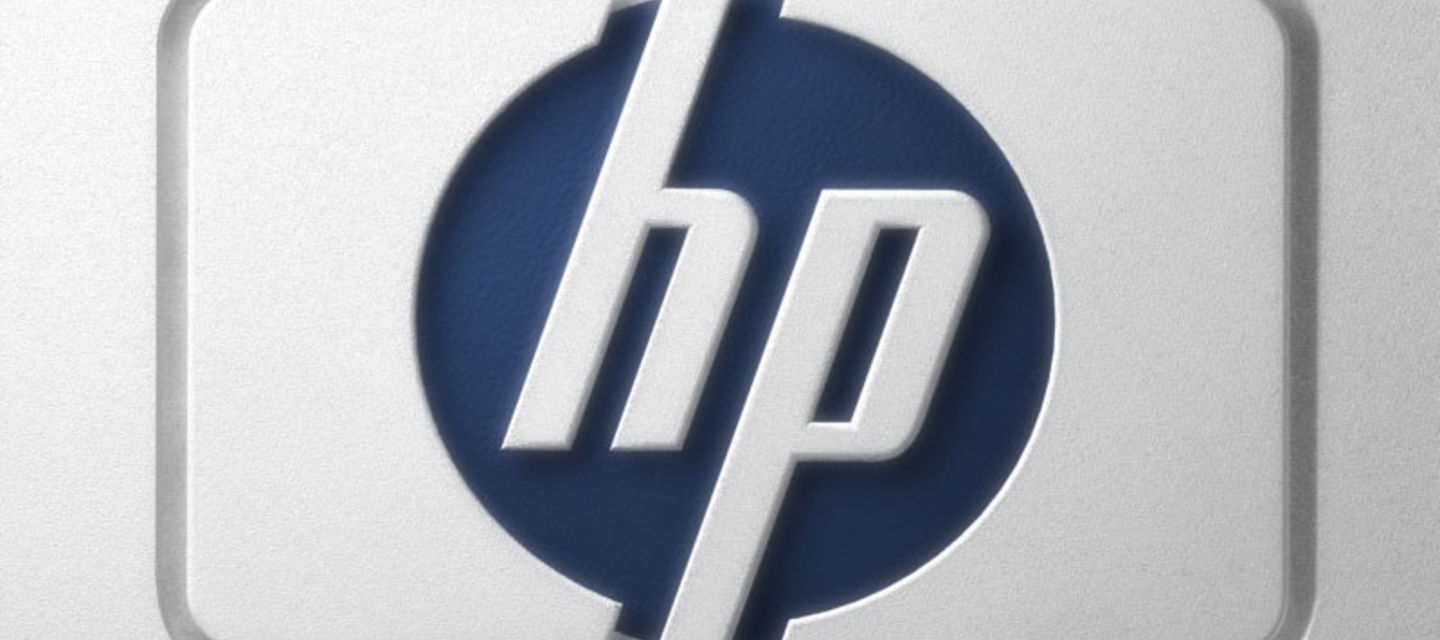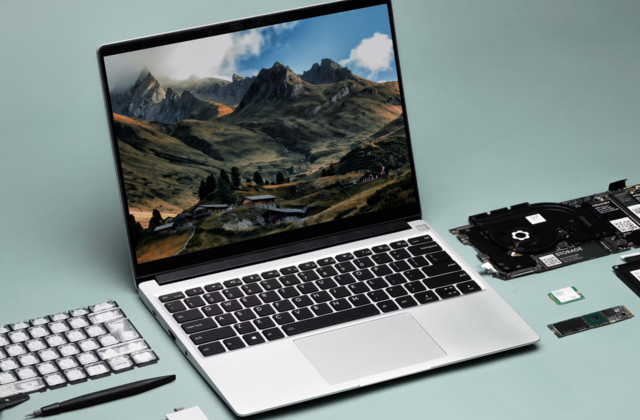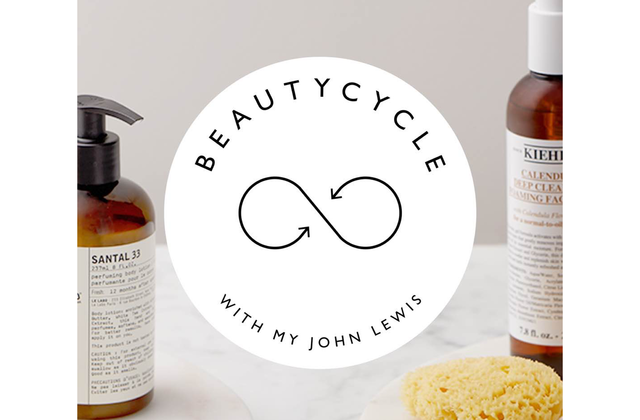What is it? Instant Ink is a printing service with subscription plans based on estimated monthly printed pages rather than cartridges usage. The service anticipates when ink is running low and sends replenishments to customers (HP, 2020a). The used cartridges can be sent back to HP for recycling and reuse (HP Inc., 2011).
Why is this important? In 2019, the world generated 53.6 Mt of electronic waste, of which only 17.4% were collected and recycled (Forti et al., 2020). Electronic waste contains hazardous substances such as mercury and CFCs that are damaging to both human health and the ecosystem (Forti et al., 2020). Ink cartridges are an example of such electronic waste. It is estimated that about 11 cartridges per second, or 1 million cartridges per day, are dumped in landfill sites (Gorman, 2016). A single cartridge emits 4.8kg of CO2 (Gorman, 2016). Furthermore, most used cartridges end up in landfill sites even though 97% of parts of cartridges can be recycled. Thus, solutions are required to ensure proper cartridge recycling.
Main resource strategy: Closing the loop through increased cartridge recovery and recycling, enabled through the business model
Other resource strategies:
Narrowing the loop- Instant Ink uses cartridges have a higher ink capacity than standard HP cartridges, with a decreased material use in cartridge production (HP, 2020b). This also leads to less packaging, higher recycling rates and simplified distribution.
Business model aspects:
1. Value Proposition: printing service plan based on pages printed
2. Value Creation & Delivery: Customers receive a new ink cartridge when the printer senses low ink. Then they must send used cartridges back to HP for recycling with the postage-paid recycling envelops (HP, 2020c).
3. Value Capture: for homeowners and small businesses, plans range from $0.99/month to $24.99/month depending on printing demand (HP, 2020a)
Business model experimentation practices: The Instant Ink pilot was first launched in 2011 at selected retail locations in the northeastern United States (HP Inc., 2011)
Sustainability outcomes: A recent life cycle assessment (LCA) determined that the HP Instant Ink programme on average lowers the carbon footprint of ink purchase and distribution by 73% while reducing energy use by 69% and lowering water use by 70% (HP, 2020b).
Sources:
Forti, V., Baldé, C.P., Kuehr, R. and Bel, G., (2020). The Global E-waste Monitor 2020: Quantities, Flows, and the Circular Economy Potential. United Nations University (UNU)/United Nations Institute for Training and Research (UNITAR) – co-hosted SCYCLE Programme, International Telecommunication Union (ITU) & International Solid Waste Association (ISWA). Accessed 9 December 2020 at: https://www.itu.int/en/ITU-D/Environment/Documents/Toolbox/GEM_2020_def.pdf
HP Inc. (2011). HP Collaborates with Condé Nast on On-Demand Content Distribution. Accessed 20 November 2020 at: https://www8.hp.com/sa/en/hp-news/press-release.html?id=1097722
HP. (2020a). HP Instant Ink. Accessed 20 November 2020 at:https://instantink.hpconnected.com/us/en/
HP. (2020b).HP Sustainability Impact Report 2019.Accessed 20 November 2020 at: https://h20195.www2.hp.com/v2/getpdf.aspx/c06601778.pdf
HP. (2020c).HP Instant Ink - Recycle HP Instant Ink Cartridges.Accessed 7 December 2020 at: https://support.hp.com/us-en/document/c03922745
McAllister, L., (2013). The Human and Environmental Effects of E-Waste. Accessed 20 November 2020 at: http://www.prb.org/Publications/Articles/2013/e-waste.aspx
McIntyre, K., (2016). Multinational Corporations and the Circular Economy: How Hewlett Packard Scales Innovation and Technology in Its Global Supply Chain. In 1081683611 821607969 J. Ortiz (Ed.), Taking Stock of Industrial Ecology. Springer, Cham. https://doi.org/10.1007/978-3-319-20571-7_17
***
About project Circular X
Project Circular X is about ‘Experimentation with Circular Service Business Models’. It is an ambitious research project funded by the European Research Council (ERC) which supports top researchers from anywhere in the world. Project CIRCULAR X runs from 2020-2025. The project is led by Principal Investigator (PI) Prof Dr Nancy Bocken, who is joined by a multidisciplinary team of researchers at Maastricht Sustainability Institute (MSI), Maastricht School of Business and Economics, Maastricht University. The project cooperates with businesses who want to innovate towards the circular economy.
Project Circular X addresses a new and urgent issue: experimentation with circular service business models (CSBMs). Examples of such new business models include companies shifting from selling products to selling services and introducing lifelong warrantees to extend product lifetimes. However, CSBMs are far from mainstream and research focused on experimentation is little understood. The research aims to conduct interdisciplinary research with 4 objectives:
- Advancing understanding of CSBMs; their emergence and impacts
- Advancing knowledge on CSBM experimentation
- Developing CSBM experimentation tools
- Designing and deploying CSBM experimentation labs
Funding source
This project has received funding from the European Research Council (ERC) under the European Union’s Horizon 2020 research and innovation programme, grant agreement No. 850159.
Using this information
When you cite this article, please use the following source:
Circular X (2020) Case study: Hewlett Packard & HP Instant Ink. Accessed from www.circularx.eu



